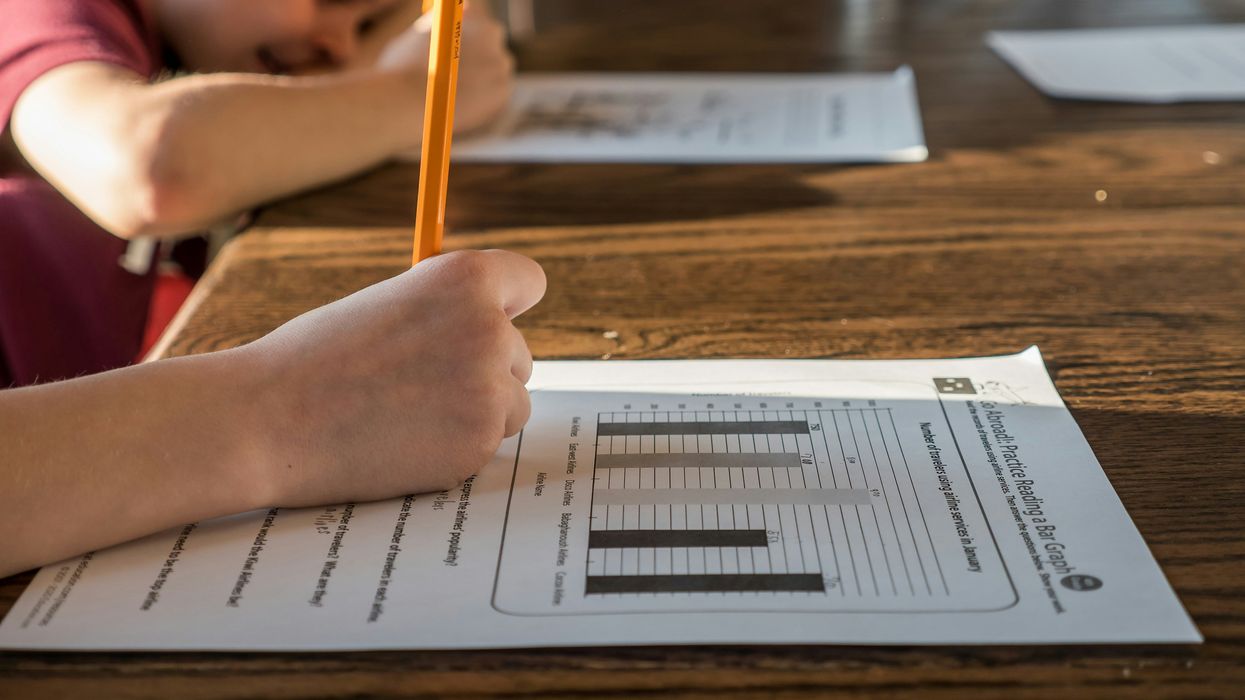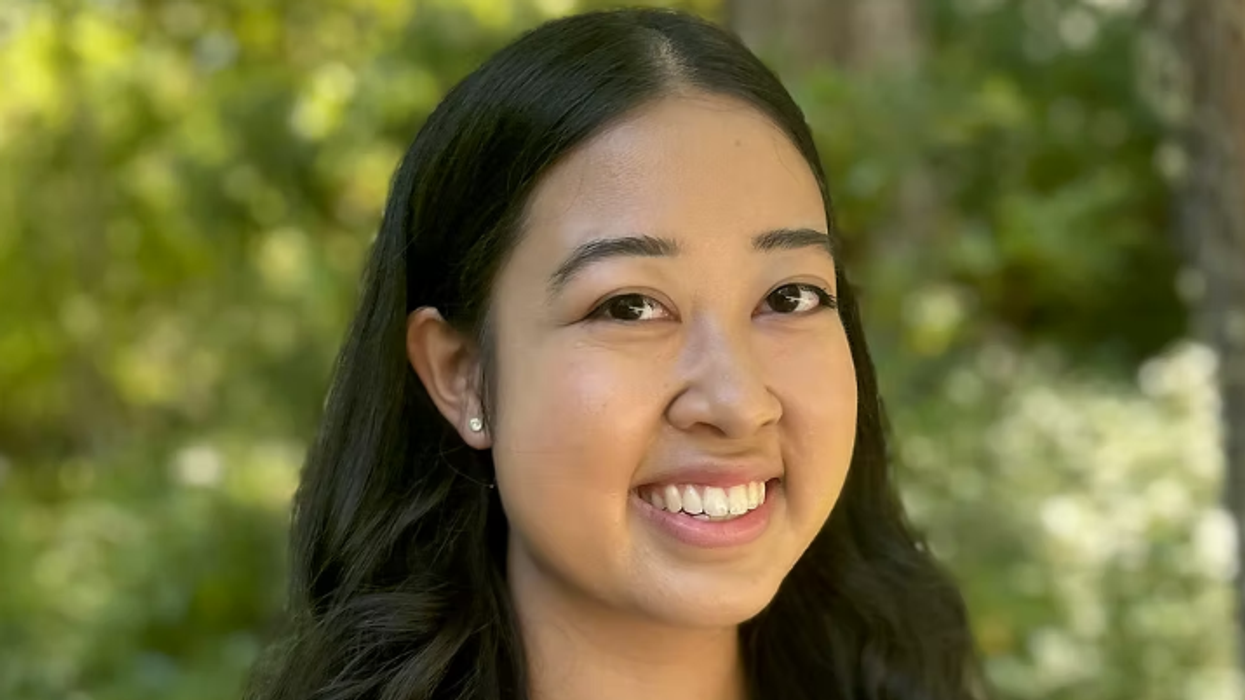With many students returning to school in September, educators are preparing their classes for the new year and getting ready for the standardized testing that takes place annually. These standardized tests evaluate students' performance against a set of benchmarks that students typically reach by the end of the year.
According to The Center for American Progress, “These tests measure what students know and can do against common state-developed, grade-level standards.”
A common criticism of state standardized tests is that they can be biased, which can disproportionately impact minority students.
Standardized tests have been criticized for years for being unfair to students of color and those from low-income backgrounds. Still, educators and advocates are now pushing for new approaches, such as project-based assessments and culturally responsive testing, that aim to measure students more fairly.
New York University associate professor Joshua Aronson and his colleagues have examined ways stereotypes interfere with academic performance, according to Learning For Justice.
“Stereotype threat arises in situations where a negative stereotype relates to evaluating performance. So, absolutely, standardized testing is relevant—incredibly so after passage of the No Child Left Behind Act (NCLB),” Aronson mentioned.
The No Child Left Behind Act (NCLB) is a federal law that mandated annual standardized testing to ensure all students met academic standards.
On some occasions, these tests often design questions that assume students have a certain level of background knowledge, and they perform poorly, given that these test questions don't account for the different cultural experiences of marginalized communities.
“A 2015 study argues that individuals interpret test questions based on their values, beliefs, and experiences; for example, Asian and Native American students use different English sentence structures than those found in school textbooks and some standardized tests. As a result, they interpret questions differently and score lower,” mentioned by Prismreports.
Solely addressing biases in these assessments is only part of the issues that these exams can have on the students. Teaching and learning extend beyond just the academic content; it also involves the students' experiences at home. Culturally responsive pedagogy is an approach that connects students’ cultural backgrounds, experiences, and prior knowledge.
“When students have access to culturally responsive pedagogy, they experience academic success and develop cultural competence and the ability to question the current social order, thereby allowing students to gain a sense of empowerment from their history and culture,” according to American Progress.
In states such as New Jersey, organizations like Save Our Schools NJ have emerged, with parents and other public education supporters advocating for every child in New Jersey to have access to a high-quality public education.
Julie Borst, executive director of Save Our Schools New Jersey, discussed the inequalities created by standardized tests, particularly for minority students. Borst highlighted the correlation between test scores and wealth.
“Unfortunately, the ones who are tend to be on the left side of the curve. Tend to be kids who are not wealthy, and kids who are immigrants and English language learners, and have to do really with experience. I think one of the things that people misunderstand when we talk about how standardized testing is not fair to those communities is that they also are thinking that, well, they can't learn, and that's not the case at all.” Borst mentioned.
Borst explained that every child starts at a different place, and so when these tests are administered, they completely disregard any factors related to what is happening in the world. In areas such as Newark, where standardized scores weren’t particularly high, students may have double schedules of English and math, and at that point, the school is primarily focused on improving test scores.
While schools in New Jersey are doing all they can to improve test scores, ChalkBeat Newark has studied where students of color and those from economically disadvantaged backgrounds have experienced the most learning setbacks.
One of the key points raised by Borst is that standardized testing offers little to no useful information for teachers or parents. Parents can’t look at their child’s test scores and identify areas of struggle. If a math score comes back low, the report does not indicate whether the student is struggling with certain concepts, problem-solving, or something else entirely.
Teachers face the same challenge. They are not involved in writing the tests, nor are they ever shown the questions. This can also play a significant factor in decoding words, comprehension, or even learning differences such as dyslexia, according to Borst.
While there are many conversations about potential alternatives to these standardized tests, much like Borst advocates for schools to focus on real-life problems and mini capstones that can prepare students for college and the workplace.
Performance assessments, such as the ones conducted in New York Performance Standards Consortium Schools, have a waiver from all the region's exams except for the English exam.
During their four years in high school, they work on mini capstones, which are performance-based assessments.
“They're doing mini capstones every single year, and they defend them. Those kids are in some of the most impoverished districts in the country, and they go on to four-year college, and they are successful there because high school looks more like what college looks like,” Borst said.
Seventy-one percent of students learning English at consortium schools graduated on time, compared to 37 percent of English learners citywide. The six-year graduation rate for English learners was 75 percent, compared to 50 percent for New York City, as noted by The Hechinger Report.
As a result, they aim to support students in accessing their skill and knowledge levels as part of a high-quality education, as opposed to relying on standardized testing.
While many reform organizations are opposing these standardized tests, there is also an ongoing conversation, as well as a focus on the erosion of the US Department of Education.
“If we're allowed to destroy public education, which is the goal, that's the stated goal, to end it, to end public education as we know it. What does this mean you're creating? You're automatically creating a subclass of people who will work for practically nothing because they can't do anything else. That's what we're creating,” Borst said.
The fight against standardized testing isn’t just about pointing out what’s wrong; it’s about figuring out what can work better for all the students. From New York’s performance-based assessments to local advocacy in New Jersey, there are already examples of schools shifting toward models that reflect students’ skills, cultures, and lived experiences. These alternatives not only prepare young people for college and careers but also provide families and teachers with the kind of meaningful information that standardized tests have long failed to offer.
Nathaly Suquinagua is a bilingual multimedia journalist with a B.A. in Journalism and a minor in Dance from Temple University and a cohort member with the Fulcrum Fellowship.
The Fulcrum is committed to nurturing the next generation of journalists. To learn about the many NextGen initiatives we are leading, click HERE.

































